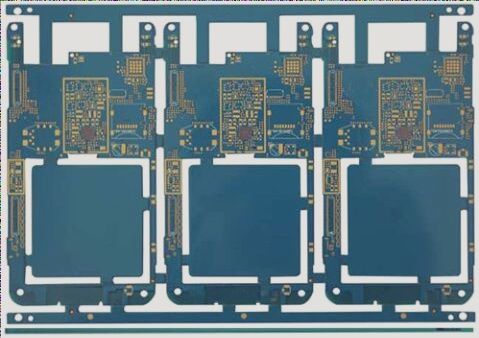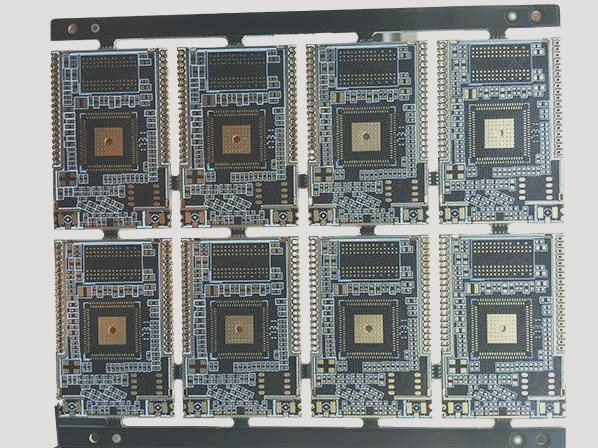Best Practices for Effective PCB Design
The PCB design process involves identifying functions, creating component libraries, designing schematic and PCB layouts, prototyping, and testing, while PCBs themselves provide mechanical support, electrical connections, and insulation in electronic circuits, with various types such as single-sided, double-sided, and multilayer boards catering to different performance and complexity needs.






